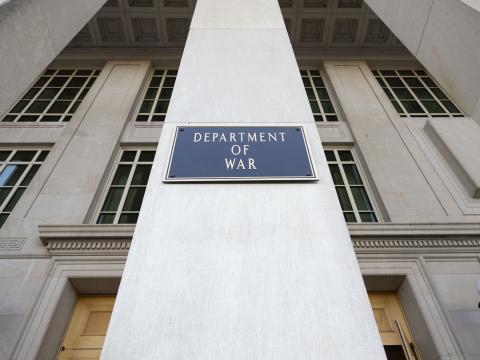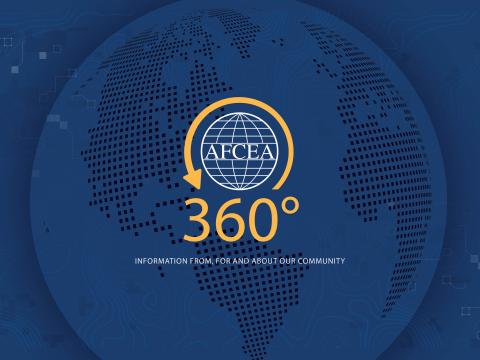For Government Senior Executive Service, It Is Time for Continuous Access to Top, Fresh Talent
In a recent GovExec article, Kellie Lunney raised a few perspectives regarding the average age of senior executives in government today—it is the mid to late 50s—and the limited compensation flexibility. And I realized that ever since I entered the Defense Intelligence Senior Executive Service (DISES) in early 2004 and was involved in the vetting and filling of more than 40 SES positions, I have been deeply concerned about the ability of government to continuously attract, recruit and enable top talent of all ages, educational and experiential backgrounds. After all, organizations and companies alike are only as good as their leadership talent pool.
So why is outside talent critical? You always need successful and brilliant government careerists who have “grown up” within the same organization, from the same mission culture and with similar experiences, who are dedicated to the mission and know how to execute effectively. Yet the counter-thinking is that if all of their work is framed from one discipline and culture, many SES people believe they are always right and are often limited to legacy approaches and in-the-box thinking. No matter how great your current team is, in government and elsewhere, you rarely have the multidisciplinary talent needed in all critical areas: deep scientific and technical experts, financial prowess, functional breadth/depth and just plain new thinking on the same old issues that hold us back. While often resented, it is outside thinking that enables organizations to continually re-examine, refine and re-engineer how they meet their mission and business objectives in today’s digital age.
Therefore, I believe it is always an imperative to fully leverage all the tools available to government managers to give their current top performers a breadth of experience and insight—including educational programs and fellowships, joint or cross-department job options and the flexibility to go to industry/nonprofits/academia and return to government. An added enabler is the ability to infuse top academic and industry talent with unique insights and expertise back into government at critical junctures. How many of us, who have had the opportunity to work in academia and industry, now realize all that we did not know and could have contributed to our past government teams and tasks, especially in the areas of technical innovation, best business practices and resourcing based on deliverables?
I always have been a huge proponent for the IPA Mobility Program, which is a U.S. Office of Personnel Management (OPM) hiring authority under the Inter-Government Personnel Act (IPA) of 1970. The program allows the temporary assignment of skilled personnel between federal and nonfederal entities. The OPM oversees the program and maintains a website at www.opm.gov/programs/ipa.
The IPA allows all government entities to work with nonprofit and academic organizations to access and integrate top talent for a moment in time—90 days to 3 years—as long as it is serving both the government and the individual. I was honored to be able to put several of these mutually beneficial IPA arrangements in place when I was a director at Carnegie Mellon SEI, thereby creating an infusion of “outside” expertise and insight into key areas of government, to the “challenging” enrichment and enlightenment of all involved. My only regret is that I failed to scale this approach.




Comments